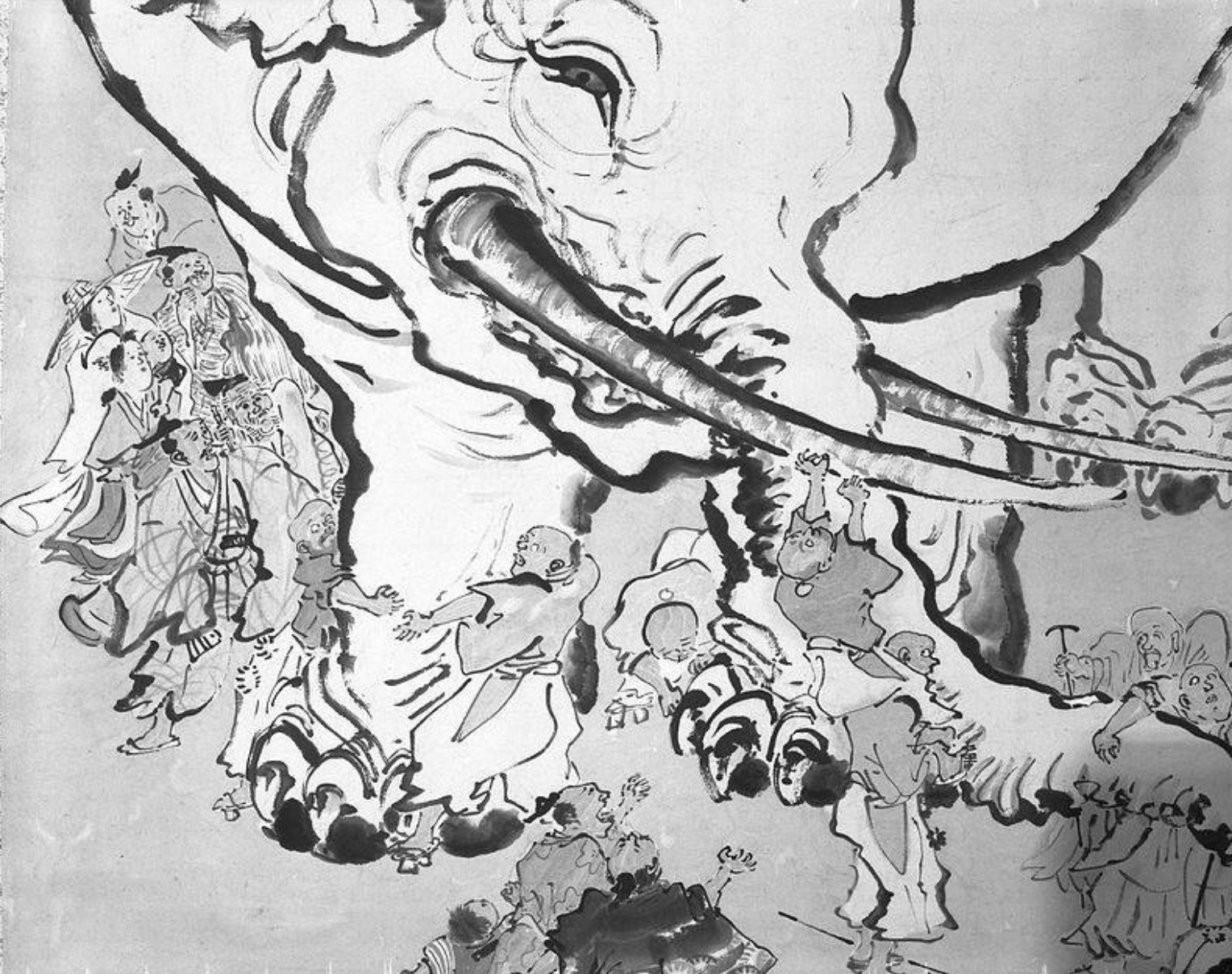This essay (serialized here across 24 separate posts) uses words and numbers to discuss the uses of words and numbers — particularly examining evaluations of university degrees that employ statistical data to substantiate competing claims. Statistical analyses are crudely introduced as the mode du jour of popular logic, but any ratiocinative technique could likely be inserted in this re-fillable space and applied to create and defend categories of meaning with or without quantitative support. Questions posed across the series include: Is the data informing or affirming what we believe? What are the implications of granting this approach broader authority? The author, Melanie Williams, graduated from UA in 2006, with a B.A. in Anthropology and Religious Studies.
You have probably heard of Nate Silver. His forecasts set political and social media atwitter in 2008 when he correctly estimated the Electoral College votes of the U.S. presidential election in 49 out of 50 states, as well as the District of Columbia; he also predicted the outcomes of 35 out of 35 senatorial elections that year. I initially attributed Silver’s success to an extraordinary bit of luck – after all, somewhere in the prognostic clamor surrounding any national election, someone is bound to come within the mark of the final results, the way every eleventh snowball I launch makes contact with my co-worker. Then, in 2012, Nate Silver correctly forecast the results of the U.S. presidential election in all 50 states and the District of Columbia, and picked the winners of 31 of 33 senatorial elections. This is how I was suckered into reading his book. I was hoping to glean some insights on the statistical data analyses that inform Silver’s forecasting techniques – perhaps not enough to re-present in essay form, but at least a dirty trick or two I could take to the races. The Signal and the Noise, as it turns out, is scant on the specifics of Silver’s particular methods, but he does describe some general premises of statistical inference he applies in making his forecasts, with none of the usual esoteric symbols that lull laypeople like me into a mental parade Religious Studies graduate Jennifer Goodman once succinctly described: “monkey…banana…bicycle…ball.” I don’t agree with many of Nate Silver’s presuppositions nor the conclusions he draws from them, but I think the methods he shares for approaching statistical inference are worth exploring, not only to understand his uncanny success, but to confront the growing popular relevance of statistics as we march (onward, forward) into the titillating age of Big Data, amassing ever-larger caches of minutiae to formulate anything from optimized marketing strategies to post-graduate career prospects. If I can’t use statistics to make my fortune, could I at least use them to elucidate the arc of my “career?” Or yours? For an eloquent and thorough rendition of statistical applications, let me refer you to Silver’s book. Read it and come back, I’ll wait here for you. If you’re satisfied with the train wreck version, climb aboard. If you’re admiring a pony in the mental parade, just close your eyes. I’ll wake you at the end with a rousing musical number.
In order to talk about statistics we should also talk about probability. Please stay. I love you.
Part 3 coming tomorrow morning…
